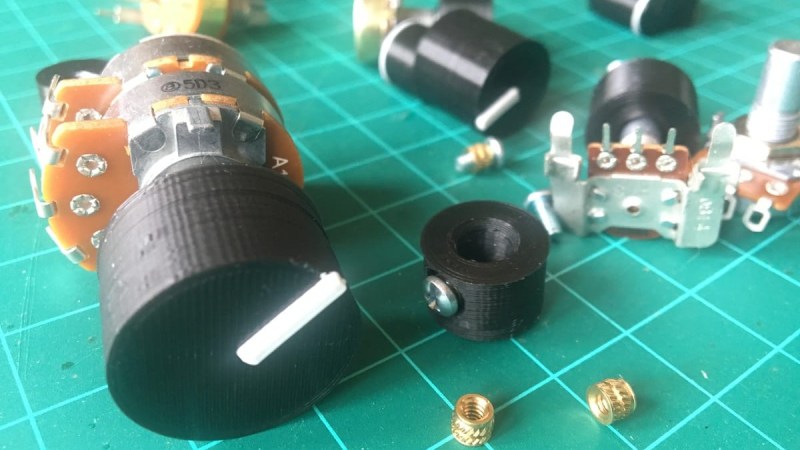Make Your Own Pot and Encoder Knobs, Without Reinventing Them

Rotary potentiometers, switches, and encoders all share a basic design: adjustment is done via a shaft onto which a knob is attached, and knobs are sold separately. That doesn’t mean …read more Continue reading Make Your Own Pot and Encoder Knobs, Without Reinventing Them